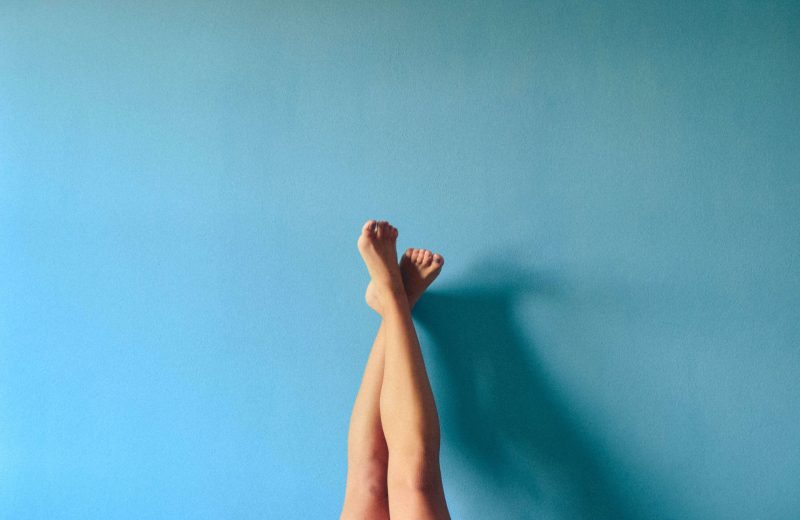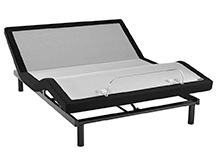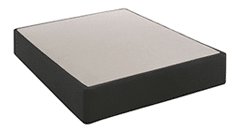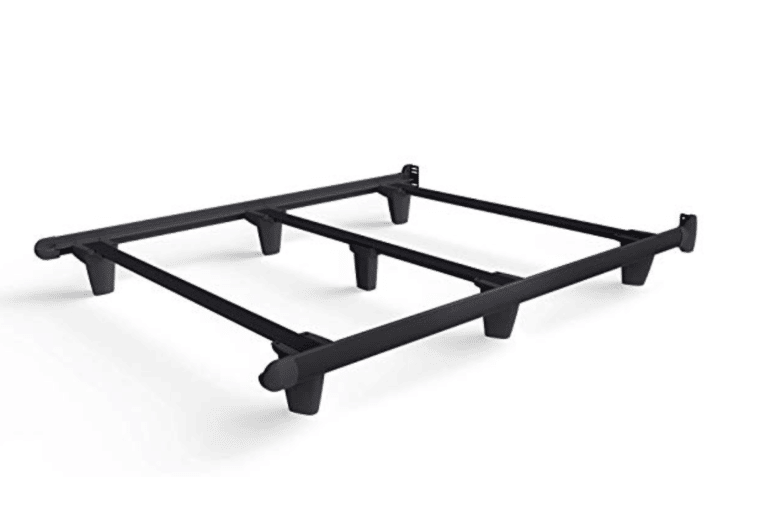
For some, sitting or lying down can cause tingling, numbness, or painful sensations in the legs. Relief is only found through movement. Millions of people experience these sensations each day, and they can make it tough to rest or sleep during the night. This sensation can sometimes be restless legs syndrome (RLS).
Researchers know little about the causes of RLS or the best way to treat it, but they know that it can bring dangerous and permanent side effects if ignored. Spotting the symptoms of RLS can be the first step toward eradicating the problem, and various at-home remedies can bring relief.
Restless legs syndrome, also called Willis-Ekbom disease, is considered a sleep and movement disorder, affecting both physical and psychological processes. At least 10% of people in the United States deal with RLS, including children. There is no cure for RLS, making it a lifelong condition that requires ongoing awareness and proactive treatment.
The easiest way to spot restless legs syndrome is to notice discomfort in the legs when you sit or lie down for a long time. It typically happens in both legs but can happen in just one and occasionally in the arms. It is common to feel crawling, pulling, throbbing, itching, aching, or even shock sensations. It can be hard to explain these feelings and pinpoint the cause. The severity of the sensation can vary from night to night, but relief is almost always found through movement of some kind—things like jiggling the legs, pacing, walking, or stretching.
Another symptom often associated with RLS is periodic limb movement of sleep (PLMS). This is involuntarily twitching or jerking the limbs during sleep for as long as 15 seconds. Nearly 80% of people with RLS also experience PLMS.

Also, consider your sleeping partner. Certain mattresses are designed for each type of sleeper. Side sleepers, for example, often find comfort in a Stearns and Foster Estate mattress or a Posturepedic by Sealy. When experiencing pain, consider whether your mattress relieves the body’s pressure points.
A mattress should support the body but still cradle the main pressure points and soothe any tension in the muscles or nerves.
Try a memory foam or hybrid mattress that supports the body without putting pressure on the shoulders, hips, and spine.
The pillows you sleep on could actually help restless legs syndrome too. Placing a pillow between or below your legs improves blood circulation, which will help calm the restless feelings. Try a Purple Pillow, which uses unique Purple technology to conform to the body and align the neck and the spine. A TEMPUR-Pedic pillow is also a strong option, as it shifts gently under a sleeper’s weight but never loses its original composition.
Another remedy shown to help those with restless legs syndrome is massage. A high-quality massage chair gives you easy access to professional-level massages, so you can quickly respond at home when symptoms arise. Massaging helps stimulate blood flow and release muscle tension, ultimately promoting relaxation and sleep.
There is no medical test for restless legs syndrome, so it is typically self-diagnosed. A doctor can also diagnose RLS through a personal evaluation. Your doctor will use information about the sensations in your limbs, your sleep patterns, pain symptoms, daytime energy, and alertness levels, family medical history, and details on medication you may be taking. They can also conduct a neurological or physical exam and run blood tests to evaluate things like kidney function, iron levels, sleep apnea, and pregnancy. These tests can either point to or rule out RLS.

While not a cause of RLS, a low-quality mattress could contribute to the effects of RLS. To get a good night of sleep, it is essential to sleep on a mattress that supports your body features, which includes your weight, sleeping position, partner (or lack thereof), and specific pain points. If a mattress does not match your unique body makeup, it can keep the muscles from relaxing and prolong RLS.
Due to the limited research on restless legs syndrome, its short- and long-term side effects aren’t completely clear. Several conditions or disorders are often found in people with RLS, and researchers believe the two could be connected. The main danger of RLS is sleep loss and its impact on overall health. Not getting adequate sleep can lead to heart conditions, low life expectancy, obesity, substance abuse, and many other problems. The more serious conditions associated with RLS often involve brain or nerve issues. These include:

At-home remedies can also help ease RLS. Reducing alcohol, nicotine, and caffeine often helps regulate brain chemicals and promote better sleep patterns. Regular exercise also promotes healthy muscle movement and nerve function. Developing good sleep hygiene will regulate waking and sleeping habits and overall reduce the impact of RLS.
When RLS symptoms begin, take a warm bath and gently massage the limbs to soothe the muscles and nerves. Use a heating pad or ice pack on the affected area, and try vibration pads to give them the necessary movement.
While there is no cure for restless legs syndrome, the unfortunate condition can be treated. Pay close attention to the symptoms you are experiencing if you fear you have RLS. Try various lifestyle changes or temporary treatments to find relief, and see a doctor if you need more care. To stop RLS from preventing high-quality sleep, be sure to have a sleeping environment that promotes muscle relaxation and healthy brain function. Upgrade your mattress to be comforting, supportive, and ideally suited to your needs.
Visit any of the Mattress World Northwest showrooms to test out our many options and meet with a sleep specialist. We are here to help you understand and address your needs for the best sleep possible.
Learn to treat and control restless legs syndrome, and you will have a healthier and happier life.
While you can't go wrong with any of our mattresses, here are a few factors you'll want to consider before making a purchase: your sleep position (and if you have a partner, theirs as well), the size of the space, and a price point. If you have any questions, rest easy knowing that our team is happy to help you find that perfect fit.
| Size | Dimensions |
|---|---|
| Twin | 38″ wide x 75″ long x 9.25″ tall |
| Twin XL | 38″ wide x 80″ long x 9.25″ tall |
| Full | 54″ wide x 75″ long x 9.25″ tall |
| Queen | 60″ wide x 80″ long x 9.25″ tall |
| King | 76″ wide x 80″ long x 9.25″ tall |
| Cal King | 72″ wide x 84″ long x 9.25″ tall |
| Split King (2pk) | 38″ wide x 80″ long x 9.25″ tall |
Mattress World Northwest makes it easy to choose the right foundation for your space and lifestyle.



Reliable support for your boxspring and mattress.
